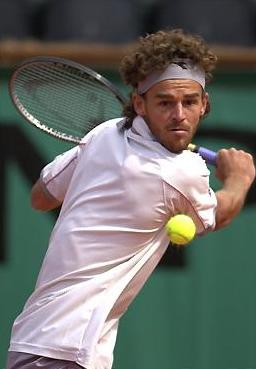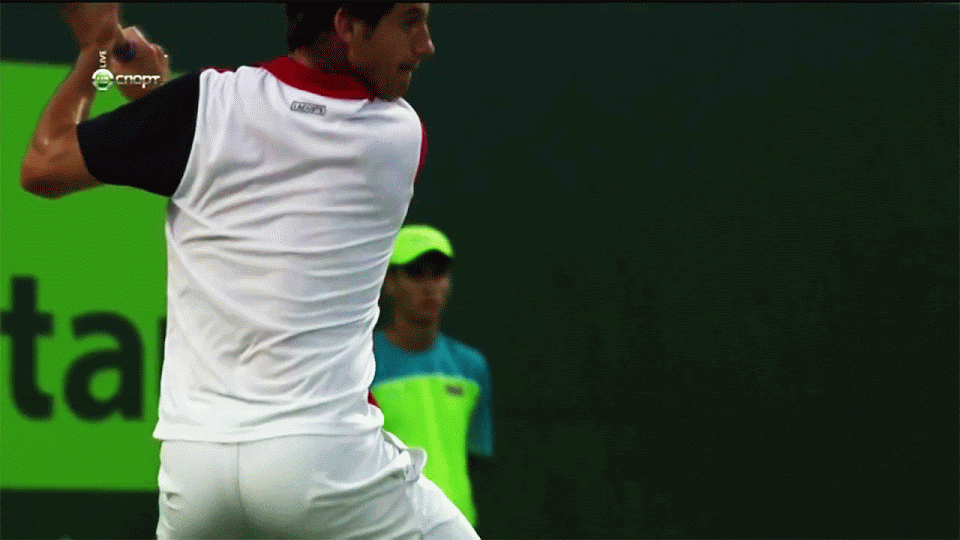Chas Tennis
G.O.A.T.
The scapula and rib cage form a joint, called the scapulothoracic joint. But this joint does not have a bony connection to the rib cage. The scapula moves around on the rib cage. The scapula repositions the shoulder joint (glenohumeral joint) which is located on the scapula. The scapula is probably used for more than just positioning, its motions may also contribute to racket head speed. ? To be determined............
High speed videos show that the scapula moves around rapidly during tennis strokes. Scapula in protraction during the forehand follow through.

Picture from a Fuzzy Yellow Balls video.
Scapula in protraction in one hand backhand turn back. The edge position of the scapula is visible.


"The Role of the Scapula." Read the function of the scapula and its joint motions especially for the joint motions of protraction and retraction.

 www.ncbi.nlm.nih.gov
Scapular motion during throwing is mentioned.
www.ncbi.nlm.nih.gov
Scapular motion during throwing is mentioned.
Do we have any information on the part played by the scapula during tennis strokes or pitching?
High speed videos show that the scapula moves around rapidly during tennis strokes. Scapula in protraction during the forehand follow through.

Picture from a Fuzzy Yellow Balls video.
Scapula in protraction in one hand backhand turn back. The edge position of the scapula is visible.

"The Role of the Scapula." Read the function of the scapula and its joint motions especially for the joint motions of protraction and retraction.

THE ROLE OF THE SCAPULA
Previously, the scapular musculature was often neglected in designing a rehabilitation protocol for the shoulder. In the past two decades a significant amount of research has been performed in order to help identify the role of the scapula in upper extremity ...
Do we have any information on the part played by the scapula during tennis strokes or pitching?
Last edited:

